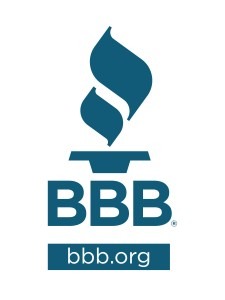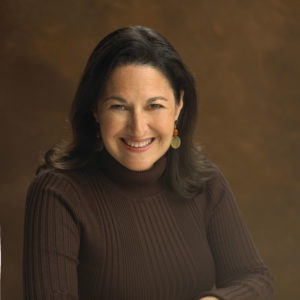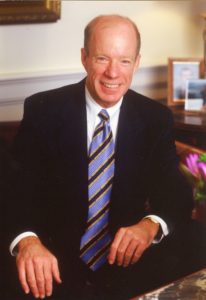 When starting a business, it is important to focus on the providing a quality product, and consider how best to deliver it to your customers. However, none of that will matter if no one knows about your product. You must get people talking about your business, sharing information about it on the internet, and recommending it to others. This creates a buzz that will bring customers to your door.
When starting a business, it is important to focus on the providing a quality product, and consider how best to deliver it to your customers. However, none of that will matter if no one knows about your product. You must get people talking about your business, sharing information about it on the internet, and recommending it to others. This creates a buzz that will bring customers to your door.
- Highlight personal success stories as well as hardships. When discussing your business with others, it pays to set yourself apart from others by sharing how you got to where you are. What led you to the decision to run your business? What obstacles have you faced and overcome along the way? How have you achieved your goals thus far? What makes you passionate about this business? Answering these types of questions will show others that because your business is a personal victory, that you are dedicated to providing customers with nothing but positive shopping experiences.
- Reach out to those who have inspired you. There are no doubt a number of people who have influenced your decision to start a business. These might be former teachers/professors, family members, friends, fellow business owners, etc. Don’t be afraid to contact them to share your accomplishments, thanking them for being positively influential in your life, and offering them V.I.P. customer status for inspiring you to achieve your dreams. You never know where it might lead. For example, a former dancer has started her own studio and reaches out to her childhood dance instructor to tell her the good news. Not only does the instructor offer her valuable professional advice, but she offers her services as a master class guest teacher to bring in new clientele. Those who have taught you well can likely continue passing on their wisdom and experiences.
- Blog about your business. Blogging not only allows you to share information about your business, but it affords you the opportunity to interact with current and potential customers. Regularly participate in the conversation that occurs in your blog’s comments section, and do the same for others’ blogs. Tip: Add video. A humorous and unique video either on your blog or business’s website can create immediate buzz by drawing the attention of a larger population. If you really execute this well, your video has the potential to go viral; the exposure provided by a viral video can be a turning point for a startup business from which it grows to the next level.
- Make a major announcement. Sometimes, business owners are successful at creating an initial buzz, but sustaining that attention is difficult. One way to keep your business at the forefront of the people’s interest is to make a major announcement, like a new product, contest or promotion, equipment upgrade, improved facilities, or competitive price cut. Create anticipation of your announcement by referring to it in marketing materials with an emphasis on the upcoming date. When you do make such an announcement, it should be done in such a way that no one is likely to miss it. For example, a local bakery announces that it will be creating an audition reel for a major reality competition show for chefs and wants to include its customers on the tape. The bakery’s owner sends out electronic and paper mailings as well as posts a large banner on its storefront offering a free cupcake to any customer who shows up to appear in the audition reel. The bakery becomes a full house on the day of shooting, and aside from drawing in so many customers, the owner walks away with plenty of quality footage to submit to the network.
Creating buzz for your business is an effective technique to attract new customers and maintain current ones. How do you create buzz? Please share your ideas below!
To get your free copy of the eBook, click here: 15 Days to Greater Success. You can download it from our Facebook Page. And while you’re there, you can download our other free eBooks too: Business Owner’s Road Map to Success, Creating Your Success Mindset, and Reflections on Success. They’re all designed to give you an edge in your business, and help you focus on the daily practices that lead to your goals.
Please share this link with the business owners you know: http://on.fb.me/VHcVB3






![MP900289918[1]](https://dsef.org/wp-content/uploads/2012/06/MP9002899181-202x300.jpg)














